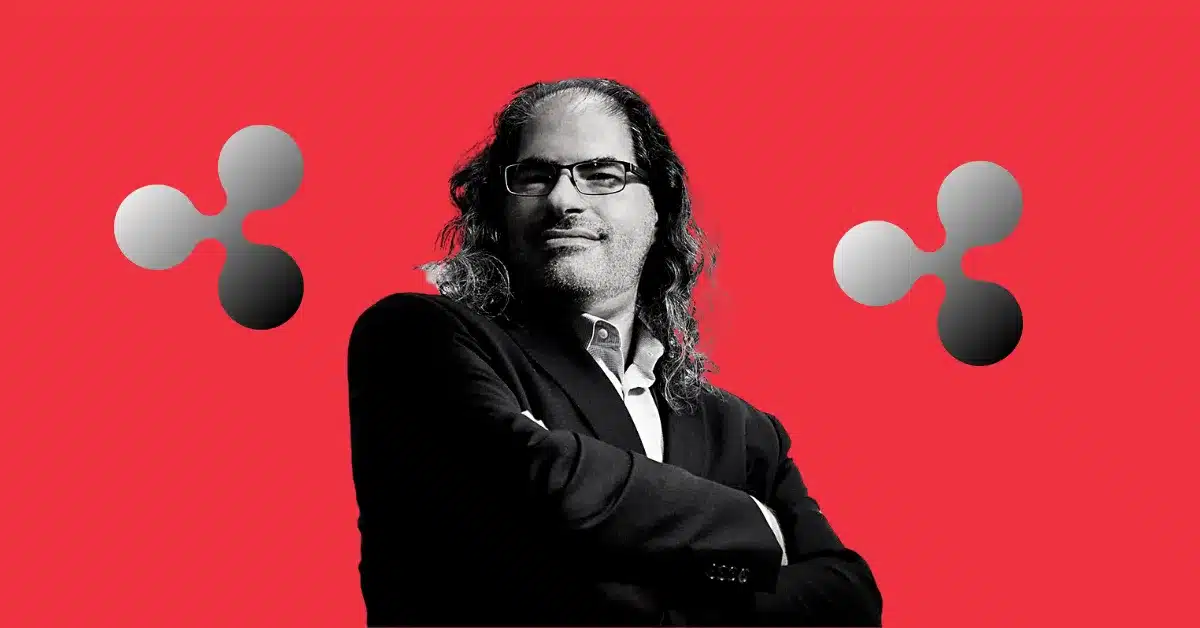- Ripple CTO backs institutional trust lines to boost global payments.
- XRPL trust lines enable secure transactions without direct XRP use.
- Schwartz says blockchain adoption growing among payment and stablecoin players.
Ripple Chief Technology Officer David Schwartz has shared fresh insights on how trust lines within the XRP Ledger could reshape cross-border payments. According to Schwartz, institutional use of trust relationships represents a core part of XRPL’s original vision and a significant opportunity for global financial integration.
During a discussion on X, user Sean D Langshaw asked about creating trust relationships between entities and their associated tokens as outlined in the XRPL documentation. The user proposed that there are scenarios in which XRP is only needed to pay the transaction fees and that institutions can work through established trust networks without necessarily having to utilize XRP.
Schwartz shared this opinion and argued that facilitating the formation and utilization of trust relationships by institutions benefits all actors. He associated this idea with the Interledger Protocol, which was aimed at interconnecting various payment systems and enabling them to exchange payments smoothly.
Trust lines on XRPL allow issuers to issue tokens that are only held by accounts they have approved. Every trust line would have a reserve of 0.2 XRP to keep resources at hand and keep the ledger going.
Also Read: Whale Moves 900M DOGE to Binance as Price Swings Between Key Levels
How Trust Lines Enable Multi-Network Payments
Schwartz illustrated the idea with an example of two parties that already have a financial arrangement, such as extending credit or settling balances weekly. Such parties could settle obligations using any available means, including digital funds or cash.
In one case, one party may accept Bitcoin, and the other party may provide physical cash at a store. XRPL or ILP could bridge these methods to guarantee proper quoting, settlement security, and accounting across multiple networks.
The open-source system of payment provider connection, the Interledger Protocol, is still at the core of this procedure. It allows settlement between banks and cryptocurrencies and other systems by interconnecting multiple payment channels to a single interoperable network.
Growing Blockchain Participation and XRPL’s Evolution
According to David Schwartz, the blockchain sector is seeing growing participation from major payment and stablecoin players. He observed that an increasing number of companies are developing their own blockchains, which indicates that blockchain is becoming a central financial infrastructure.
Schwartz noted that the XRP Ledger has been upgraded and improved over a decade. He emphasized that its stability and usage in real-life situations indicate that it is ready to grow further.
He explained XRPL as a permissionless blockchain that is optionally permissioned. While Ripple runs only a small percentage of validators, critics note that many others are linked to Ripple through affiliates.
In conclusion, Schwartz believes trust lines can be a key driver for efficient, multi-network payment systems. He sees their adoption as crucial to transforming how value moves across global markets.
Also Read: Wellgistics Files New XRP Payment Solution With SEC to Serve Over 6500 Pharmacies

